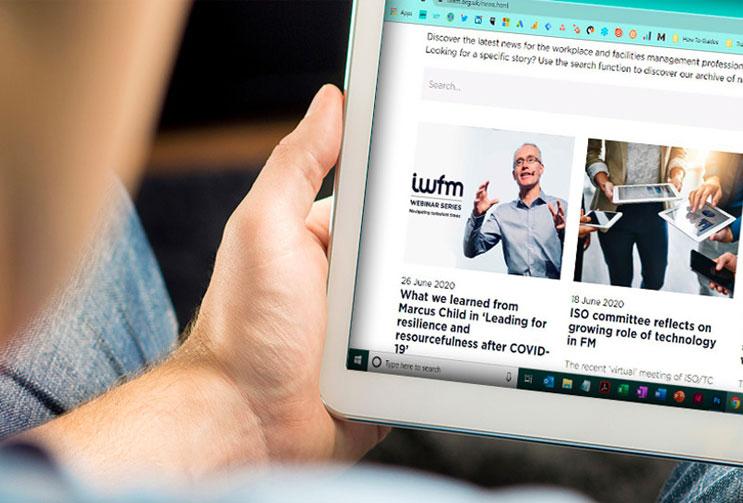And how to boost open and click-through rates.
With so many new and nascent channels available to marketers, it can be easy to overlook that one of the oldest is still one of the most effective – and profitable – ways to connect with your target audience.
According to recent Hubspot calculations, email generates $42 for every $1 spent, which adds up to an astonishing 4,200% return on investment. And while email may not be as exciting or offer the creative quirks of many social media channels, in the 2020 State of Email report by Litmus, four out of five marketers said they would rather give up their brand’s social media for 12 months, rather than give up email marketing for 12 months.
Consider also that:
- According to McKinsey, email is 40x more effective at acquiring new customers than Facebook or Twitter
- Email drives 6x more conversions than a Twitter post and your message is 5x more likely to be seen through email than Facebook (Campaign Monitor)
- 58% of users check their email in the morning before they check out social media or the news (Optinmonster)
If social media is the cocktail party, email marketing is the ‘meet up for coffee’. The original one-to-one channel.
Erik Harbison
Marketing Career Coach
6 best-practice email tips you should know
At Redactive, we produce a broad range of e-newsletters and e-bulletins for our clients, which consistently outperform average b2b email open and click through rates. Here are some of the key elements we focus on and would recommend to you:
- Scannability: People scan email rather than read word-for-word, and you only have a matter of seconds (about eight, which is now the attention span of the average adult) to capture their attention. So organise the content for quick reading, and take care to balance headlines so they complement each other rather than compete.
- Modular design: Scannability will be supported by a clean design that doesn’t include too many elements and aligns content into blocks, columns, and defined scalable modules. A modular structure is also what gives an email the ability to be mobile responsive reminds MailUp.
- Content hierarchy: Positioning the most important and information ‘above the fold’ means readers don’t need to scroll down to find your most topical stories.
- Headlines that resonate: On average, eight out of 10 people will read headline copy, but only two out of 10 will read the rest, according to Copyblogger. So ask yourself as you write, ‘what’s in it for the reader?’ Copyblogger recommends that every word in your headline should contribute to promising a benefit or provoking curiosity (or better still, both).
- A succinct subject line: Research from Mailchimp indicates that shorter is often better – especially for recipients reading on mobile devices. Using no more than nine words and 60 characters.

